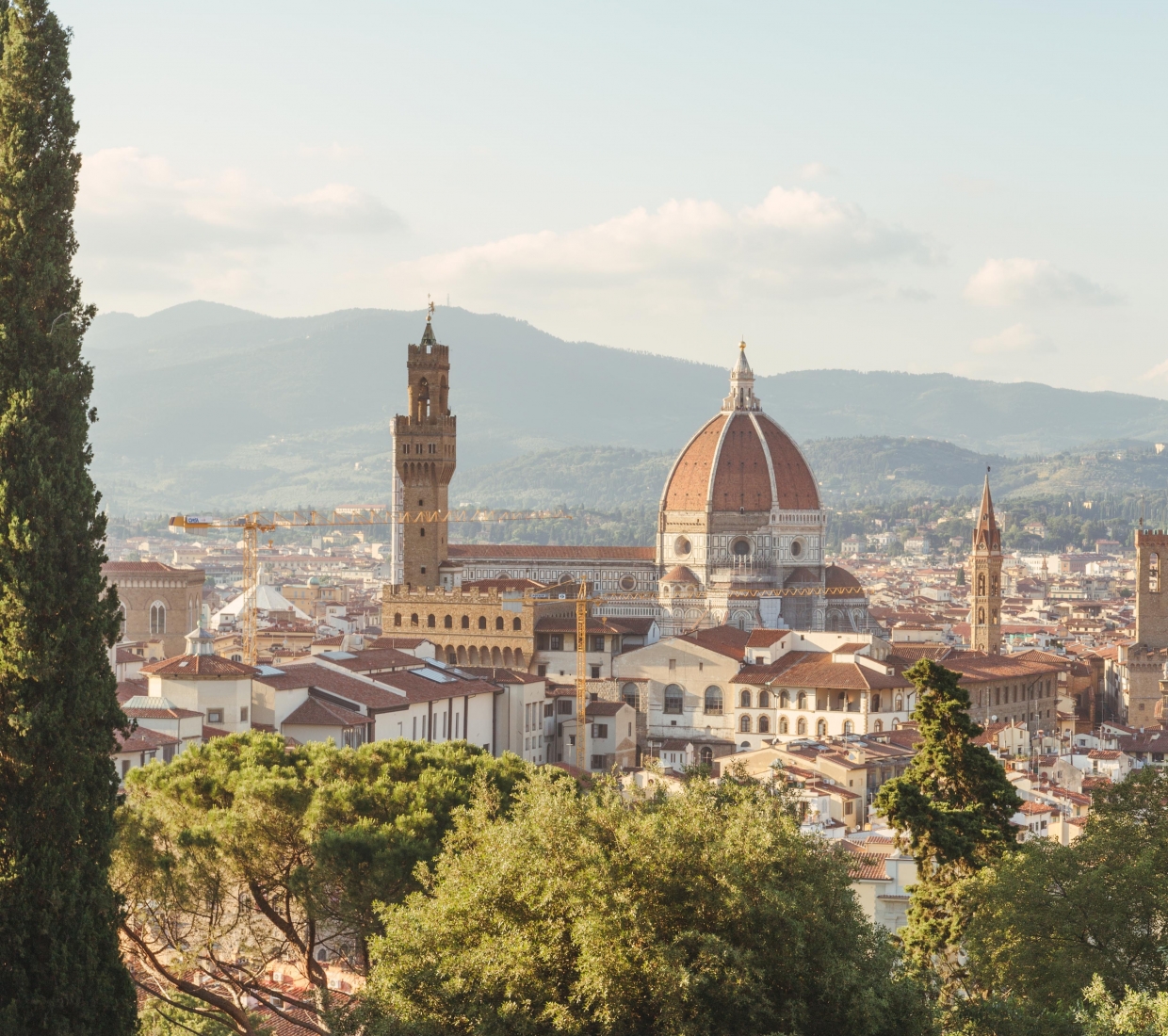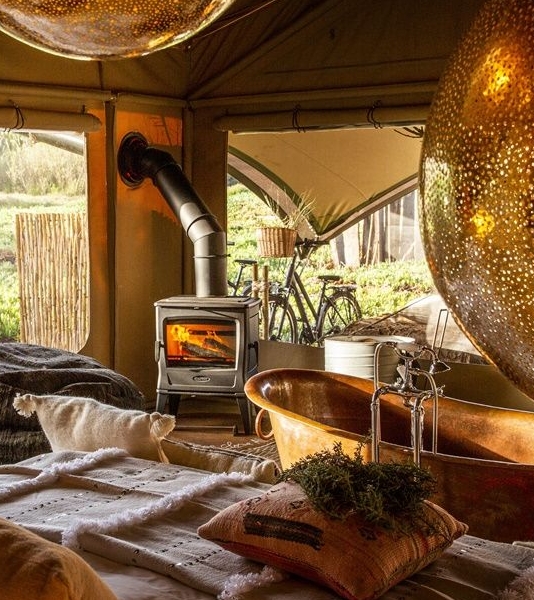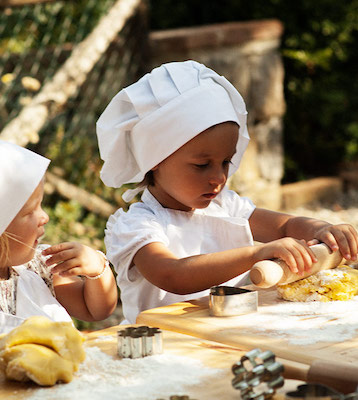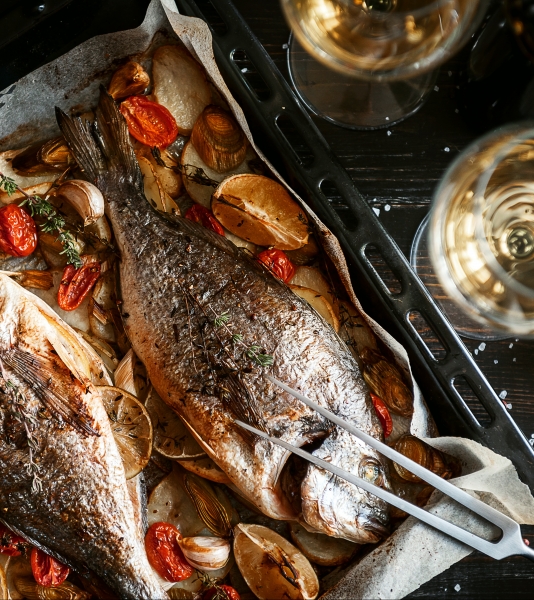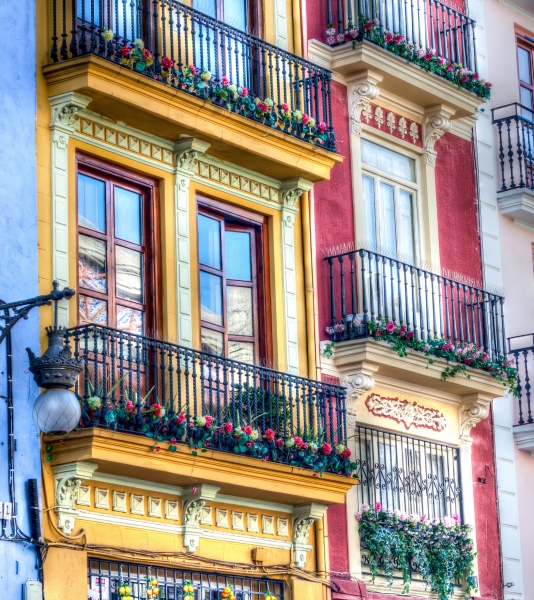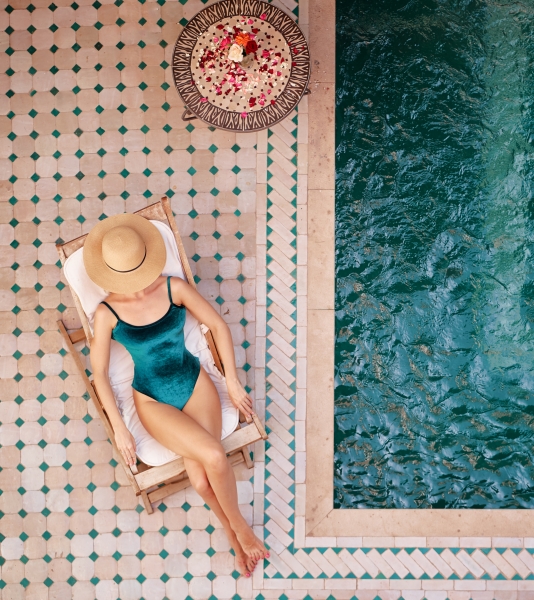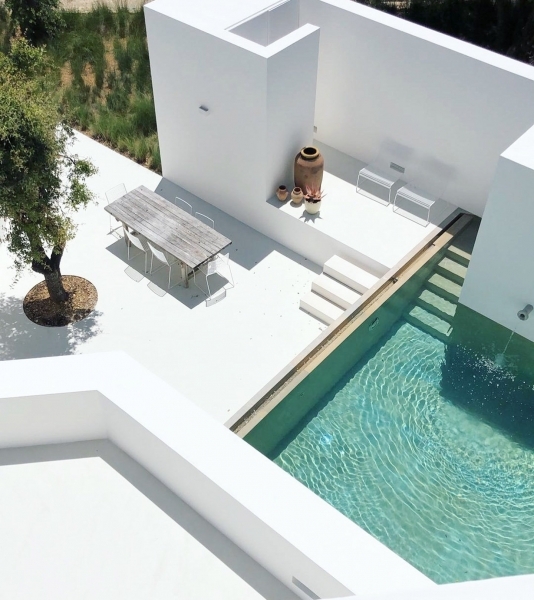Where to stay in Florence city: best boutique hotels, luxury hotels and trendy holiday flats
Why Florence city? For its museums, for its fashion brands, for the unbeatable Tuscan gastronomy, for enjoying the sunsets on the Ponte Vecchio or for its impressive sculptures and works of art. There are many reasons that make Florence the ideal destination whether you are looking for a romantic getaway or a cultural holiday.
We have put together a selection of the most beautiful places to stay in Florence. Not many, but a hand-picked selection of beautiful holiday flats, wonderful boutique hotels in Florence city, luxury hotels and romantic bed & breakfast. Our accommodations are perfect to spend a romantic weekend or a city break here, and to discover the wonderful architecture and museums. From our hotels, the main attractions are just a stone's throw away and the best restaurants are just around the corner - we've visited them all ourselves. It is especially nice to enjoy the sunset over the rooftops of Florence with a good glass of wine - in general, we love Florence.
Florence city – what to do
Our selection of hotels in Florence are based not just on the accommodation themselves but also on the areas where they’re situated – as far as possible we’ve opted for authentic, real quarters of the city. Explore these zones; Florence is a strange city in one way in that it has such a high concentration of tourist landmarks, probably more than Rome when you take its size into account that you need to search the authentic quarters out. Hopefully we’ve done some of the hard work for you but essentially an inquisitive, exploratory traveller in Florence will be blissfully rewarded
Gastronomy in Florence city
Florentine gastronomy makes use of the fresh food provided by the agricultural areas around the capital of Tuscany. Basic ingredients are fused into elaborate recipes, full of tradition and mastery, giving rise to an exquisite cuisine.
You cannot travel to Florence and not try its antipasti. Among the most popular are the crostini di fegato, fried bread covered with a mixture of meat (veal, chicken, goose or duck) mixed with chopped anchovies, onion and capers.
Bread is also very important in the Florentine diet. Tuscan bread (also called 'pan sciocco') is distinguished by its thick crust and total absence of salt. The original recipe dates back to the Middle Ages, when a war between Florence and Pisa cut off the supply of salt to the Medici city and bakers had to find an alternative to the traditional recipe. It is usually served with local olive oil or a few slices of Tuscan ham.
Among the highlights of Florentine cuisine are soups such as ribollita (made with a local variety of black cabbage, cannellini, tomatoes and reheated stale bread) and pappa al pomodoro (with tomatoes, basil, garlic, olive oil and stale bread).
Meat dishes are also a staple of Florentine cuisine. The pappardelle al sugo di lepre (pasta cooked with hare meat, served with or without tomato) stands out; bistecca alla fiorentina (a thick-cut beef tenderloin, served rare), tagliata con rucola (a roast cut of beef cut into strips and topped with rocket, rosemary, parmesan, oil and pepper), and stracotto (a stew of beef, tomato, celery and carrots).
When it comes to desserts, the Italians are masters when it comes to ice cream. However, if you fancy a typical Florentine dessert, you can try cantuccini (almond biscuits) with a glass of vin santo (one of the region's liqueur wines) or enjoy them with an espresso coffee. You can also try the exquisite schiacciata alla fiorentina, a lemon-flavoured sponge cake covered with vanilla and sugar. These are real pastry gems.
As nossas coleções
Não sabe para onde ir? Deixe nossas coleções te inspirarem.

